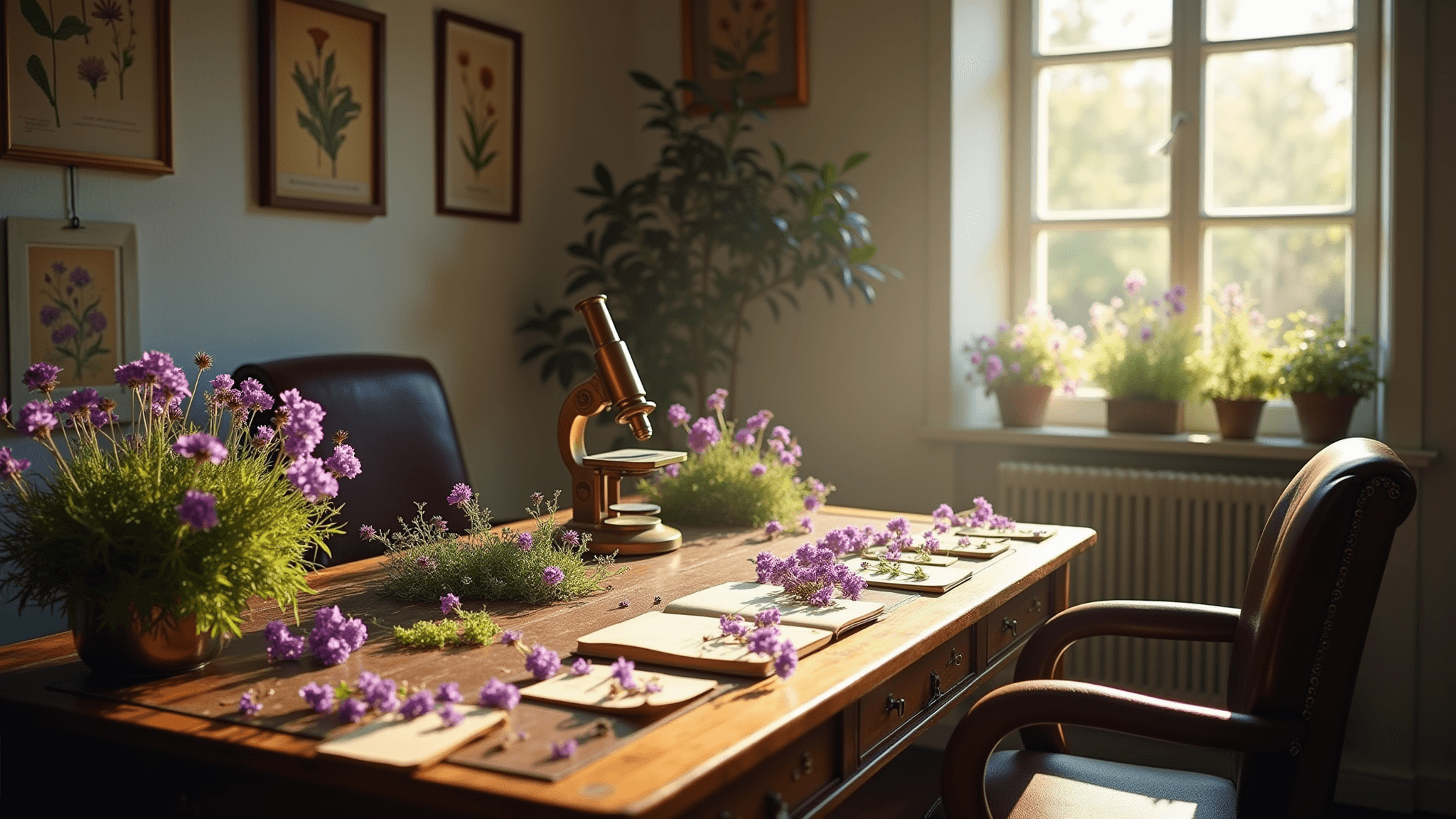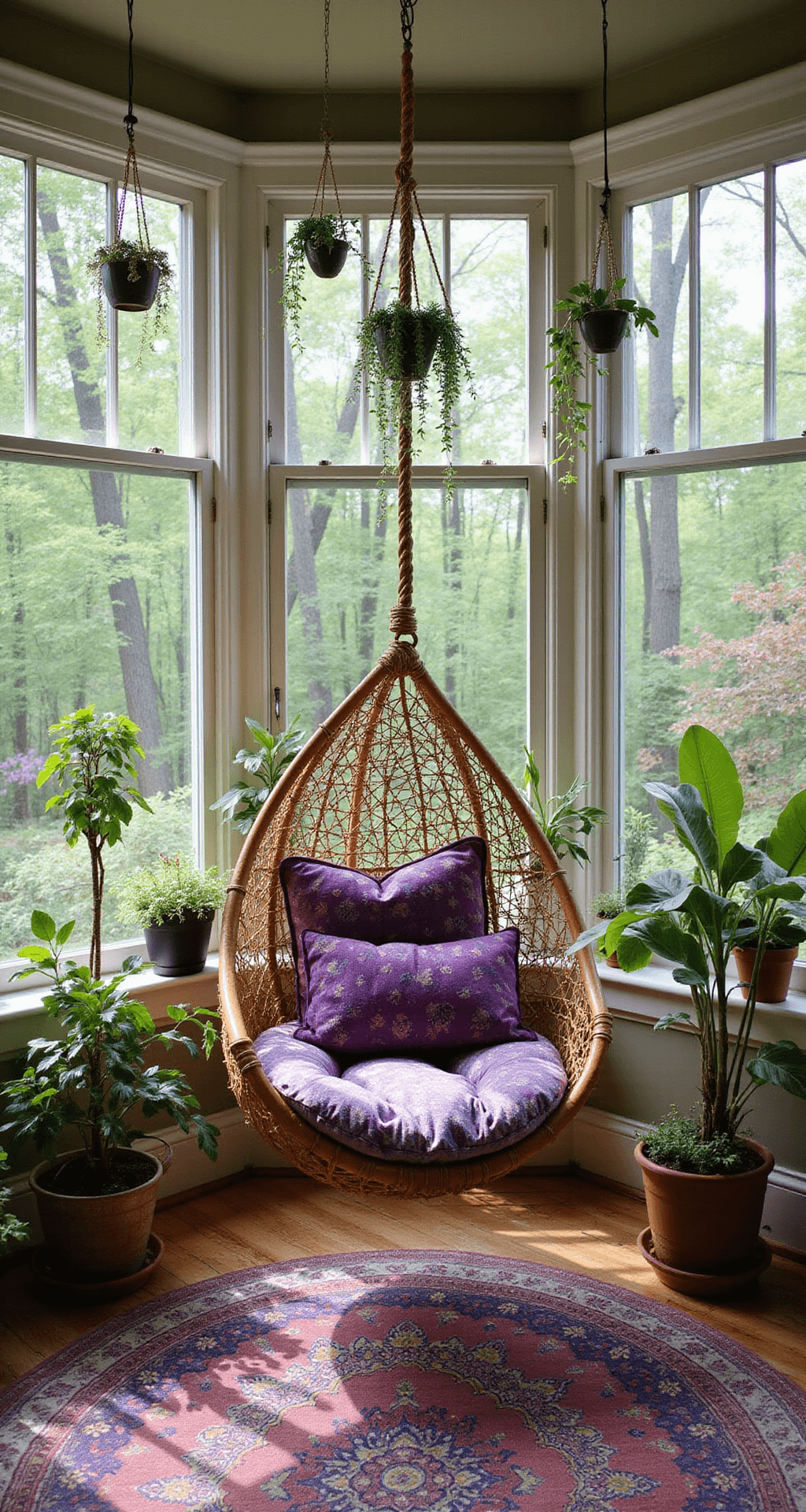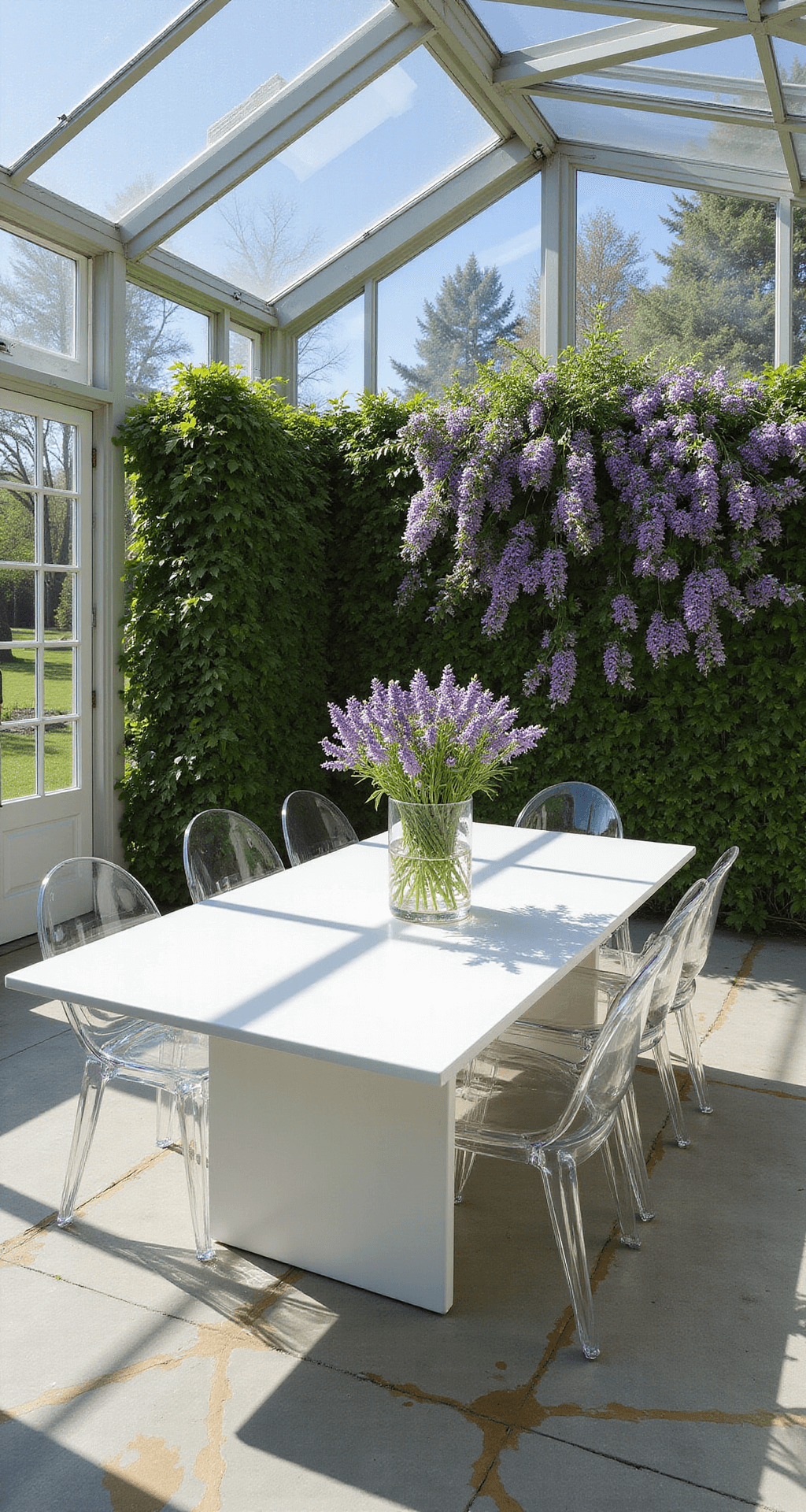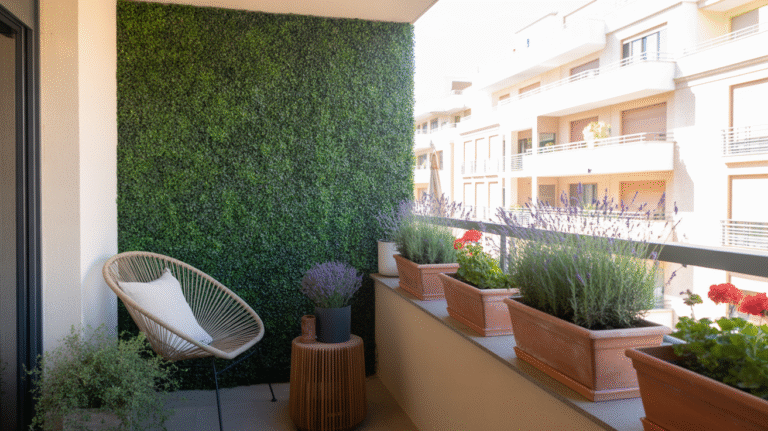This post may contain affiliate links. Please see my disclosure policy for details.
Purple Flower Weeds: Beauty or Botanical Menace?
Contents
Ever looked at your lawn and noticed those sneaky purple blooms popping up everywhere? Those aren’t charming wildflowers – they’re crafty weeds staging a botanical invasion.
What Makes Purple Weeds Special?
Not all purple-flowering plants are villains. Some are native species playing crucial roles in local ecosystems. But make no mistake – they can turn your pristine lawn into a wild meadow faster than you can say “garden maintenance.”
Meet the Purple Flower Weed Lineup
1. Wild Violets: The Cute Invaders
- Tiny 4-6 inch tall perennials
- Lavender-purple flowers with heart-shaped leaves
- Spread like wildfire through rhizomes and seeds
- Secretly beloved by pollinators
- Pro Tip: Fall herbicide treatment works best
2. Purple Deadnettle: The Mint Family Rebel
- Winter annual with attitude
- Reaches 12-15 inches tall
- Distinctive square stems
- Light purple tubular flowers
- Blooms predominantly in April
- Thrives in cool temperatures
3. Henbit: Deadnettle’s Close Cousin
- Another winter annual troublemaker
- Vibrant purple flowers
- Germinates in fall
- Survives winter as tiny seedling
- Dies when temperatures rise in late spring
4. Ground Ivy/Creeping Charlie: The Lawn Assassin
- Forms dense, aggressive patches
- Spreads rapidly
- Difficult to eradicate completely
The Extended Purple Flower Weed Roster
More purple-flowering botanical troublemakers include:
- Creeping Bellflower
- Various Thistle Species
- Purple Cudweed
- Purple Vetch
- Purple Nutsedge
- Bittersweet Nightshade
- Bugleweed
Weed Control: Your Battle Plan
Identification is Your First Weapon
Learn to recognize each weed type, understand their growth patterns, and know their seasonal behaviors.
Tactical Control Strategies
- Pre-Emergent Herbicides
- Apply in fall
- Interrupt weed lifecycle before establishment
- Especially effective against winter annuals
- Selective Herbicide Application
- Target broadleaf weeds specifically
- Combine with robust lawn care practices
- Manual removal for persistent varieties
- Seasonal Targeting
- Focus control efforts during vulnerable growth stages
- Fall treatments most effective for perennial weeds
The Ecological Perspective
Not all weeds are pure evil. Some, like wild violets, support local pollinators and add unexpected beauty to your landscape.
When to Keep, When to Remove
- Formal gardens: Immediate removal recommended
- Natural, less manicured spaces: Consider selective tolerance
- Ecological balance matters
Pro Gardener Insight: Sometimes, a perfectly manicured lawn isn’t worth destroying entire ecosystems. Balance is key.
Final Thoughts
Purple flower weeds aren’t just random plants – they’re strategic survivors. Understanding their lifecycle helps you manage them effectively.
Your lawn. Your rules. But now, you’re armed with knowledge to make an informed decision.
Happy weeding! 🌿🔍














